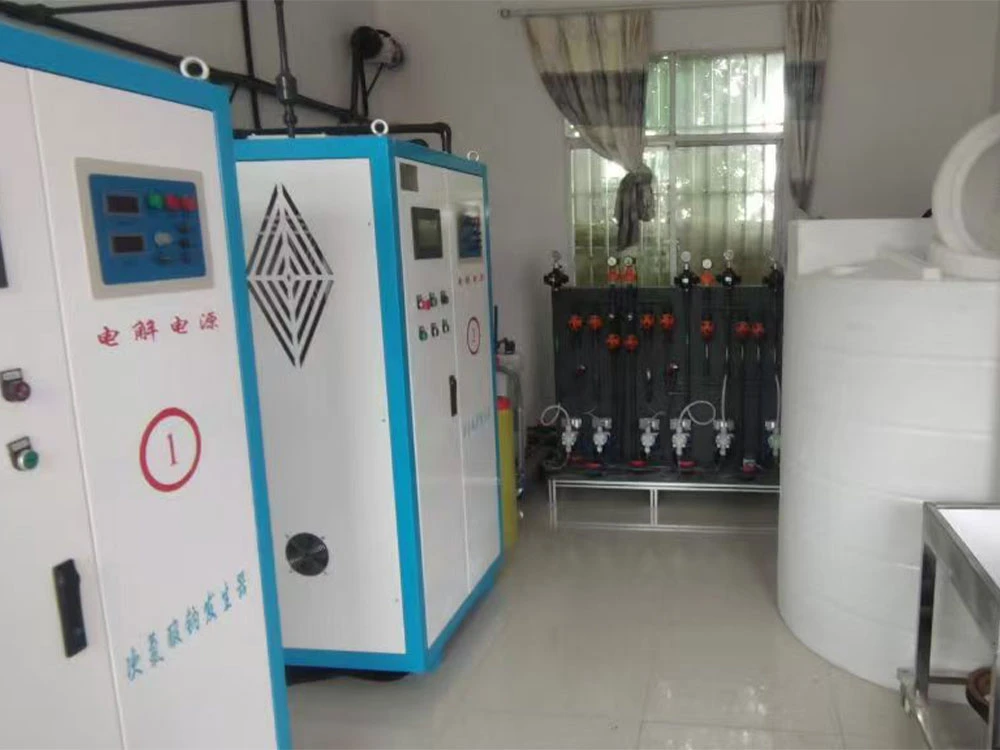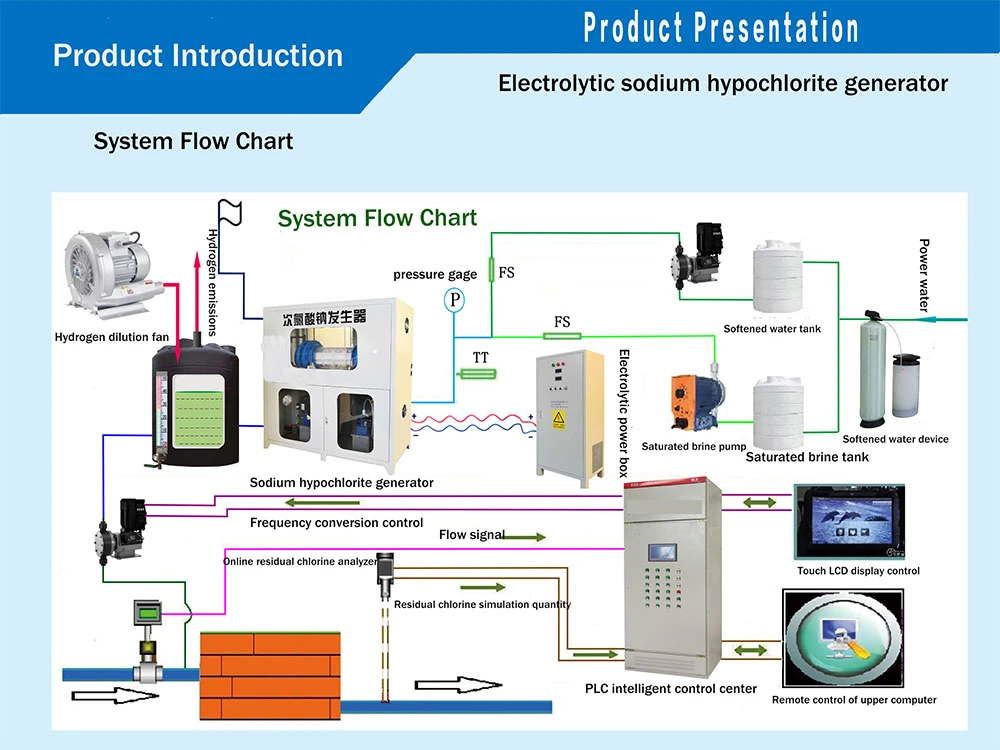Introduction
Clean, safe drinking water is essential. Therefore, many small water plants struggle with disinfection challenges. However, traditional chlorine gas and low-concentration hypochlorite solutions pose risks. Meanwhile, our sodium hypochlorite generator (6000-8000ppm) offers a safer, more efficient alternative.
This case study explores how a small water plant improved disinfection, reduced costs, and also enhanced safety with our system.
Project Overview
Location & Challenge
Location: Rural community water plant (serving 5,000 residents)
Previous System: Chlorine gas cylinders (high risk, unstable supply)
Issues:
Safety hazards (toxic gas leaks)
Frequent transportation and also handling risks
Inconsistent chlorine dosing

Solution: On-Site Sodium Hypochlorite Generation
We installed a compact, concentration (6000-8000ppm) sodium hypochlorite generator.
Key features:
High concentration – Stronger than typical 1% solutions, reducing storage needs
On-demand production – No reliance on external suppliers
Safe operation – No hazardous gas risks
Automated dosing – Precise residual chlorine control
Advantages:
Less storage space – Higher concentration means smaller tanks
Longer shelf life – Degrades slower than diluted solutions
Lower transport costs – Produce on-site, no bulk deliveries
Better disinfection power – More effective against bacteria & viruses

Installation & Performance
Installation Process
Site assessment – Evaluated water demand and existing infrastructure.
System setup – Installed generator, salt dissolver, and dosing pumps.
Training – Staff learned operation and also maintenance in one day.
Operational Results
Disinfection efficiency: 99.9% pathogen kill rate
Cost savings: 30% lower than chlorine gas
Maintenance: Minimal, only salt and also electrode cleaning required
Safety: Zero gas leaks or chemical spills
FAQs
1. How often must we replace the salt?
Depends on usage. For this plant, 1-ton salt bags last 2-3 months.
2. What’s the power consumption?
Low energy use—about 4.5 kWh per kg of chlorine produced.
3. Can the system adjust to varying water demand?
Yes. Meanwhile, fully automated dosing adjusts based on flow rate and chlorine demand.

Conclusion
Then switching to concentration sodium hypochlorite (6000-8000ppm) transformed this small water plant.
Key benefits:
Safer – No toxic gas risks
Cheaper – Lower operational costs
More reliable – On-site production ensures supply
Stronger disinfection – Concentration improves water safety
For small water plants seeking a cost-effective, safe, and also efficient disinfection solution, our sodium hypochlorite generator is the ideal choice.
